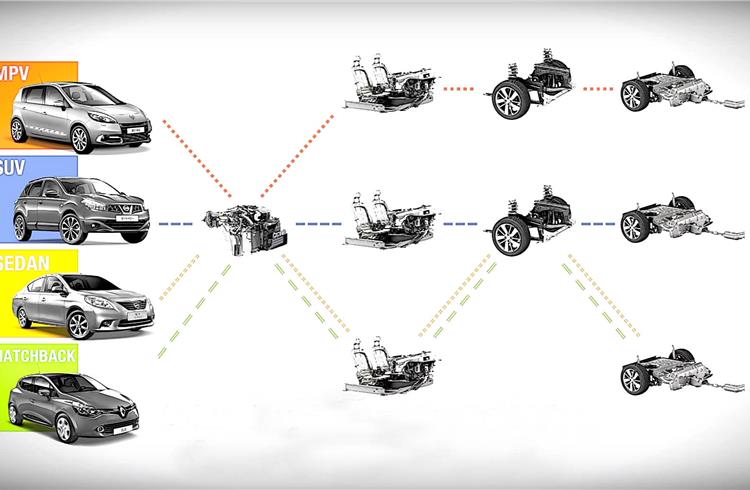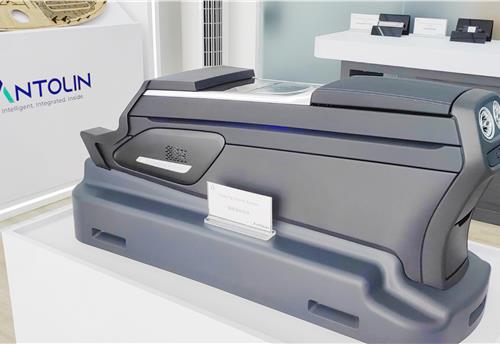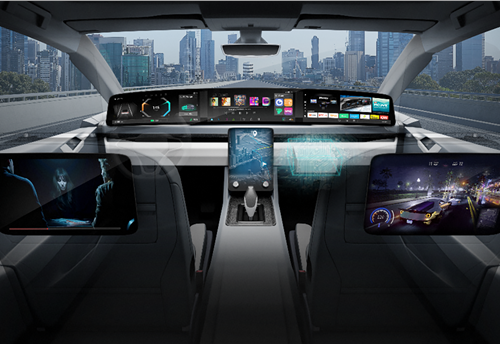Renault-Nissan Alliance synergies rise 16% to 5 billion euros in 2016
Shared synergies rise from 4.3 billion to 5 billion euros (Rs 38,220 crore) in 2016; Alliance on track to deliver synergies of at least 5.5 billion euros (Rs 42,042 crore) in 2018.
The Renault-Nissan Alliance today reported a 16 percent increase in synergies for 2016 compared to 2015. The Alliance members secured savings, generated incremental revenues and implemented cost-avoidance measures through the world's leading automotive partnership.
The value of annualised synergies realised by the Alliance rose to 5 billion euros (Rs 38,220 crore) last year, up from 4.3 billion euros (Rs 32,869 crore) in 2015. Converged operations in purchasing, engineering and manufacturing contributed most of the 700 million euros (Rs 5,350 crore) synergy improvement.
"The growing cooperation across the Alliance is delivering strong benefits for the members of the Alliance, reflected by the economies of scale, technological breakthroughs and innovations that are being shared between Renault and Nissan," said Carlos Ghosn, chairman and chief executive officer of the Renault-Nissan Alliance. "We are on track to realise synergies of 5.5 billion euros in 2018, even before taking into account the contributions from Mitsubishi Motors, our new Alliance partner."
With the addition of Mitsubishi Motors, which became the third full member of the Alliance at the end of 2016, annual sales have reached 10 million units. The addition of Mitsubishi Motors comes two years after Renault and Nissan deepened their partnership by converging four key functions: Engineering, Manufacturing & Supply Chain Management, Purchasing and Human Resources. Each such functions is led by a common Alliance executive vice-president.
"We continue seeing tangible results of this major convergence," added Ghosn. "Our growing synergies are helping Renault, Nissan and now Mitsubishi Motors meet their financial objectives and deliver higher-value vehicles to customers in the new era of mobility."
Identifying new synergies
In the current year, the Alliance members are expected to introduce more next-generation technologies in electric vehicles, autonomous driving and connected cars and will increase commonalities in platforms, powertrain and parts to boost competitiveness and identify new synergies.
In April 2017, the Alliance created a light commercial vehicle business unit that will deliver additional synergies in vans and light trucks. The new unit will maximise shared product development and cross-manufacturing, technology sharing and cost-reduction, while preserving brand differentiation among Alliance members.
With the addition of Mitsubishi Motors, the Alliance is expected to generate additional synergies from joint purchasing and logistics, as well as from deeper localisation, joint plant utilisation, common vehicle platforms, technology-sharing and an expansion of their combined presence in both mature and emerging markets.
Mitsubishi Motors is expected to contribute expertise to the Alliance in areas such as plug-in hybrid electric vehicles, pick-ups, light trucks and sports utility vehicles, as well as a strengthened market presence in the ASEAN region.
Common Module Family
The CMF architecture is based on five primary component sets, or modules, which allows engineers to interchange the modules to create hundreds of variants across most of the Alliance brands.
The Alliance has secured significant benefits from CMF since it was introduced in 2013.
The Renault Kwid, which went on sale in India in 2015, became the first Alliance model built using CMF-A architecture for the smallest and most affordable car segment. on May 20, 2015, Carlos Ghosn unveiled the car in Chennai (see video above).
Last year, Nissan launched a Datsun model based on the same CMF-A architecture in India: the Datsun Redigo. These cars share more than 60 percent of common parts while offering a completely different brand experience to customers.
In 2016, the Alliance completed the deployment of all car models based on the CFM-C/D architecture with the launch of the new Renault Scenic and the new Megane. Other Alliance vehicles manufactured using the CFM-C/D architecture include the Nissan Rogue, the Qashqai and the X-Trail, the new Renault Espace, the Kadjar and the Talisman.
By 2020, the Alliance expects 70 percent of its vehicles to be built on CMF. The approach is expected to contribute to purchasing cost savings of up to 30 percent and a reduction of engineering costs by up to 40 percent.
Cross-production and shared platforms
The cross-production of vehicles continues to be a major driver of manufacturing synergies. Cross-production allows Renault, Nissan and Mitsubishi Motors to manufacture vehicles in each other's plants and closer to where they are sold, and to increase plant utilisation, thus reducing fixed costs.
Production of the new Nissan Micra began at Renault's plant in Flins, France in 2016. The Japanese carmaker is capitalising on the plant's expertise in building high quality B-segment hatchbacks. The new Micra is built on a revised and updated V-Platform with powertrains being shared by the Micra and Clio. Later this year, Nissan will begin production of the Renault Alaskan pick-up truck at its Barcelona plant in Spain.
RELATED ARTICLES
Antolin unveils sustainable tech solutions at Beijing Motor Show
In line with its China market roadmap, Antolin is showcasing its latest advances in lighting, HMI, electronics, and sust...
Visteon wins $1.4 billion in new business in Q1 2024, launches 26 new products
Digitisation of vehicle cockpit megatrend is a key growth driver for Visteon with over $400 million of displays wins; Vi...
BMW uses Catena-X ecosystem using real-world CO2 data to enhance quality
Working together with partners and suppliers, the company has modelled a complete data chain for the first time using re...





 By Autocar Pro News Desk
By Autocar Pro News Desk
 07 Jul 2017
07 Jul 2017
 15948 Views
15948 Views









